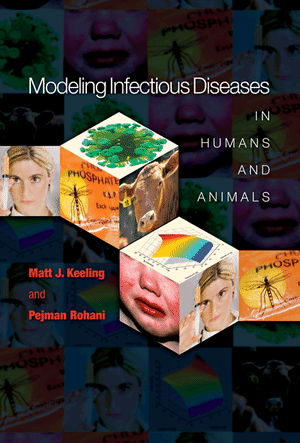|
We now reflect on the advantages of
targetted vaccination. In particular we use the model structure
developed in Program 3.1 to consider the advantages of targetting
vaccination towards high-risk or low-risk individuals. (Program 3.1
provides the basic details of the model).

Again we allow for a delay, such that
vaccination is begun after time tV.
| β |
is the matrix of transmission
rates and incorporates the encounter rate between susceptible and
infectious individuals together with the probability of transmission. |
| γ |
is
called the removal
or recovery rate, though often we are more interested in its reciprocal
(1/γ) which determines the average infectious period. |
μH
|
is the birth rate for
the high risk group. The proportion of the population in the high-risk
group is μH/μ |
| μL |
is the birth rate for
the low risk group. The proportion of the population in the high-risk
group is μL/μ |
| μ |
is
the per capita death rate and is equal to μH+μL.
|
pH
|
is
the proportion of the high-risk group that are vaccinated at birth
|
pL
|
is
the proportion of the low-risk group that are vaccinated at birth
|
| tV |
is the time at which the
vaccination program is begun. |
| SX(0) |
is
the initial
proportion of the population that are both susceptible and in
risk group X. |
| IX(0) |
is
the initial
proportion of the population that are both infectious and in risk group
X.
|
All rates are
specified
in years.
Requirements.
All parameters must be positive, and nH ≤ 1, IH(0)≤
nH, IL(0)≤
(1-nH), SH(0)≤
nH, SL(0)≤
(1-nH),
Files
Python Program, Parameters, MATLAB Code.
|


